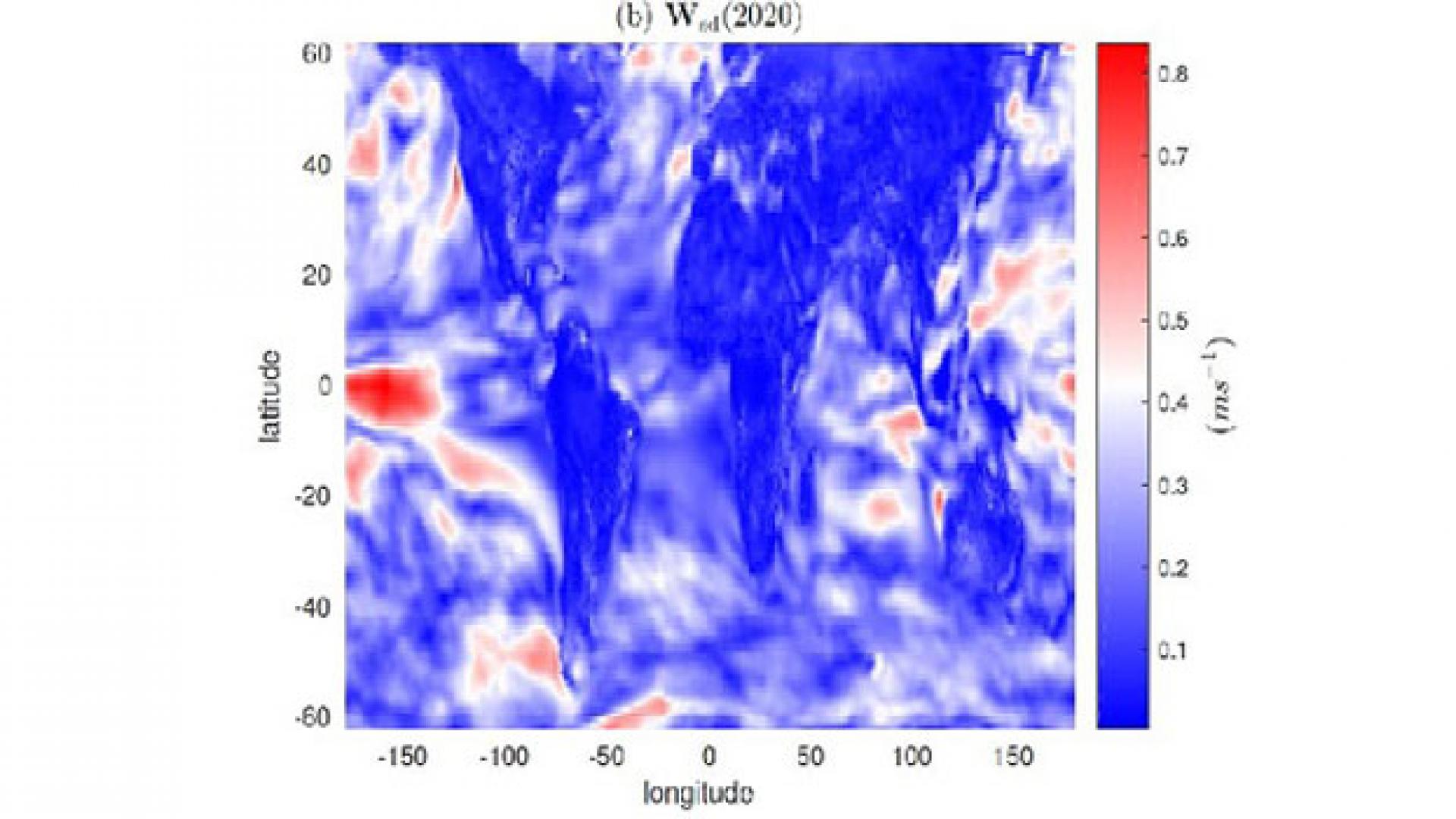KAUST
By incorporating geographical information into models for wind energy, researchers from KAUST have developed an innovative statistical tool that reduces the computational burden of locating global wind resources.
Renewable energy generated from wind has the potential to ease the demand for resources, as well as reduce greenhouse gas emissions. However, locating global wind resources is very challenging because of the difficulty in storing the large amounts of data generated by climate model simulations.
This led postodoc Jaehong Jeong and his supervisor Marc Genton from KAUST, working with colleagues from the University of Notre Dame in the United States, to develop a statistical model that includes geographical and physical information for mountains, such as longitude and altitude, and can better account for their impacts on wind speed.
“Our model incorporates more large-scale geographical information to explain the behavior of wind across longitudes,” explains Jaehong. “In particular, the model incorporates information on the physical characteristics of mountains, which have been shown to affect the spatial smoothness of wind fields, and leads to better model selection metrics for modeling wind data, reducing the data storage and computational requirements of large datasets.”
Read the full article

